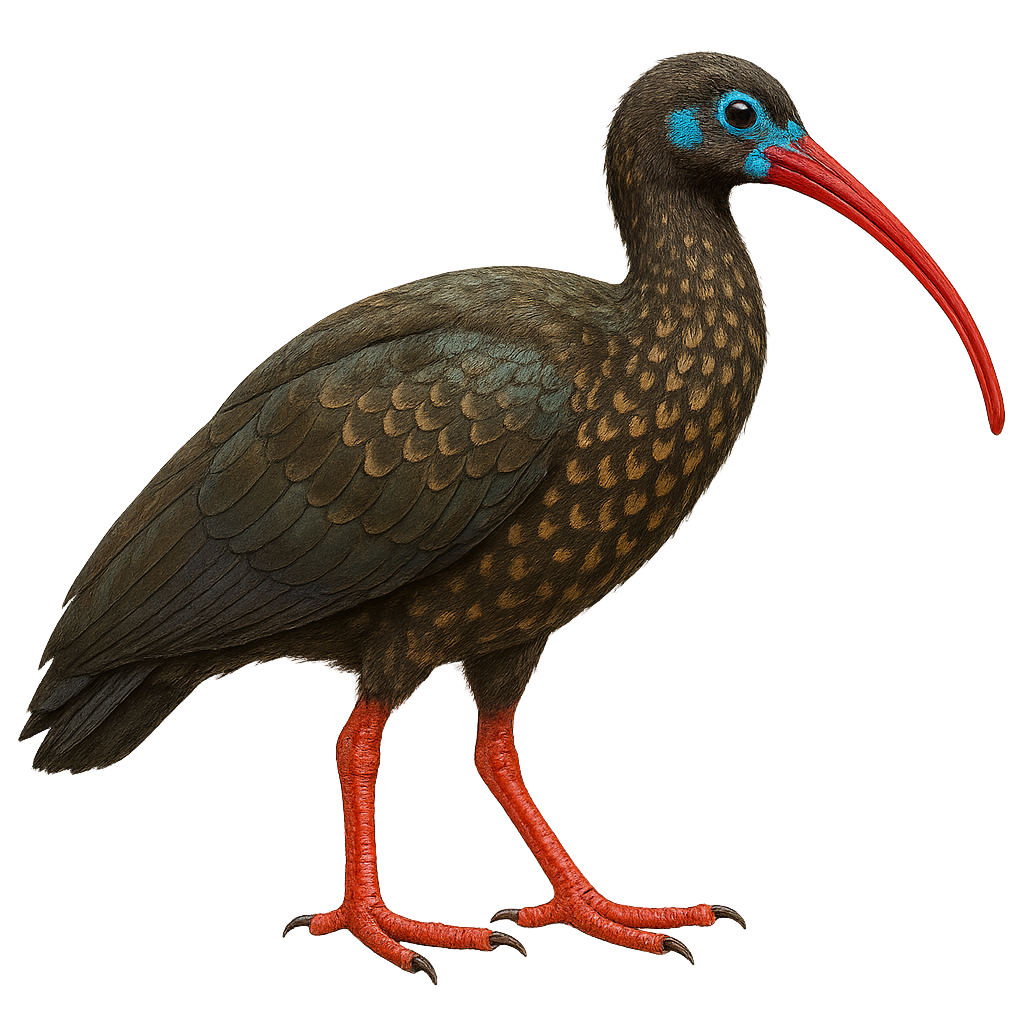Your wildlife photography guide.
Explore the spot-breasted ibis in detail, study its behavior, prepare your shots.
Where to observe and photograph the spot-breasted ibis in the wild
Learn where and when to spot the spot-breasted ibis in the wild, how to identify the species based on distinctive features, and what natural environments it inhabits. The WildlifePhotographer app offers tailored photography tips that reflect the spot-breasted ibis’s behavior, helping you capture better wildlife images. Explore the full species profile for key information including description, habitat, active periods, and approach techniques.
Spot-breasted ibis
Scientific name: Bostrychia rara

IUCN Status: Least Concern
Family: THRESKIORNITHIDAE
Group: Birds
Sensitivity to human approach: Suspicious
Minimum approach distance: 10 m
Courtship display: June to July
Incubation: 26-28 jours
Hatchings: June to August
Habitat:
Wetlands, marshes, tropical forests
Activity period :
Primarily active during the day, with peak activity in the morning and late afternoon.
Identification and description:
The Spot-breasted ibis, scientifically known as Bostrychia rara, is a fascinating bird belonging to the Threskiornithidae family. This bird is distinguished by its dark plumage and green iridescence on the head, giving it a unique and captivating appearance. It primarily inhabits wetlands, marshes, and dense tropical forests, where it feeds on small invertebrates, fish, and plant matter. Although not very shy, it remains suspicious of humans, making observation a challenge. Its breeding period is poorly documented, but it is known to build nests in trees, often in colonies. Its population is currently stable, but deforestation and habitat loss could threaten its future.
Recommended lens:
400mm – adjust based on distance, desired framing (portrait or habitat), and approach conditions.
Photography tips:
To photograph the Spot-breasted ibis, it is advisable to use a telephoto lens of at least 400mm to capture detailed images from a distance. As this bird is suspicious, it is important to remain discreet and blend into the environment to avoid disturbing it. The best photography opportunities often occur early in the morning or late in the afternoon when the light is soft and the bird is active. Focus on wetlands and marshes to maximize your chances of encountering it.
The WildlifePhotographer App is coming soon!
Be the first to explore the best nature spots, track rutting seasons, log your observations, and observe more wildlife.
Already 1 432 wildlife lovers subscribed worldwide

